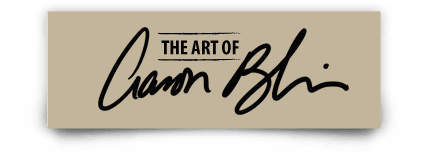These images are from a film I was co-directing called “The Legend of Tembo”. I am always deeply involved in the design of the films I am directing. I try to create the images that I am trying to explain to people on the crew. I feel it is much better to show than to explain. It gives a clearer picture to the Art Director, modelers, lighters, and animators. This cuts down tremendously on the number of iterations needed to achieve whatever it is we are shooting for this in turn eases the impact on the budget of the film.

























































































